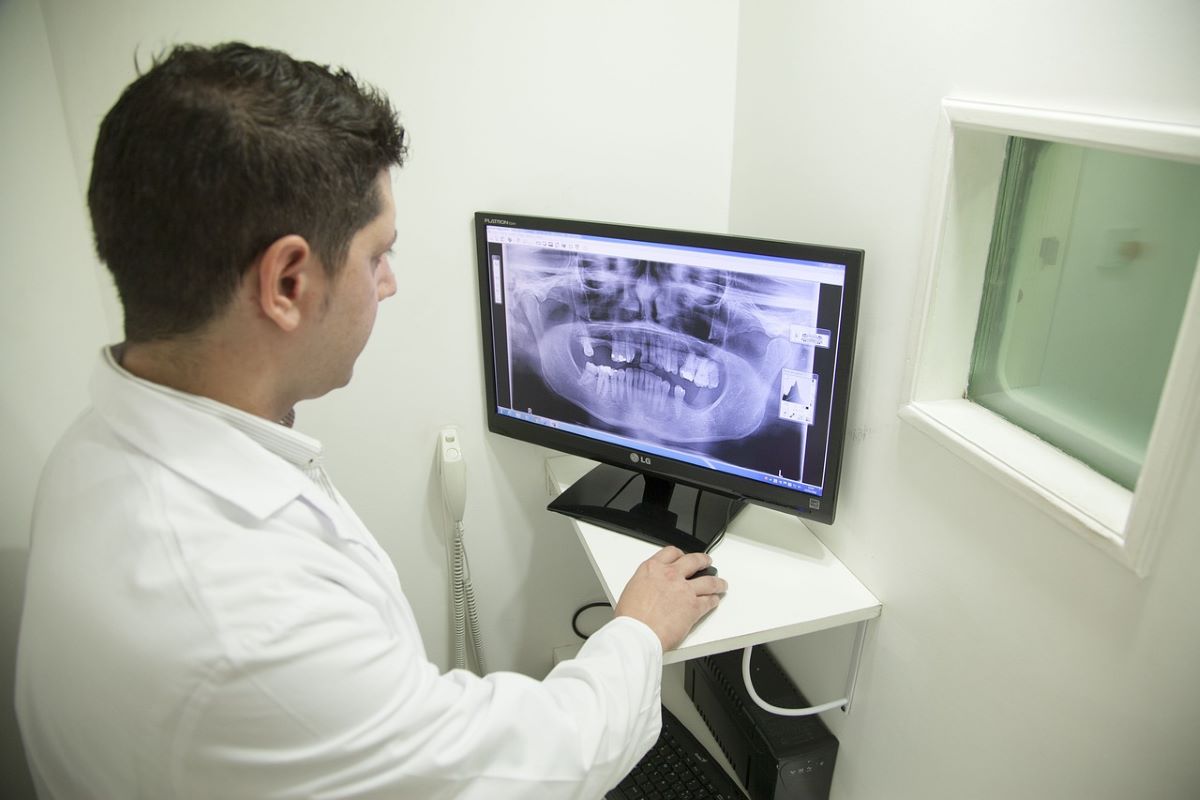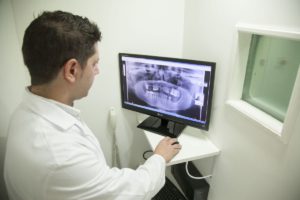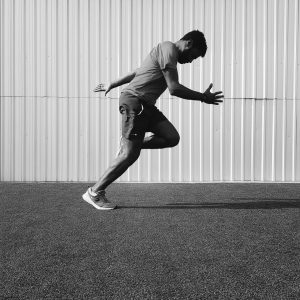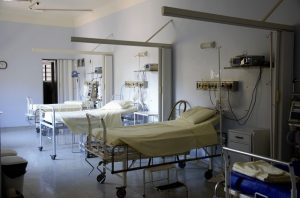
In the healthcare sector, interior design is crucial for enhancing patient experiences, boosting staff efficiency, and creating a supportive healing environment. As emphasis shifts towards well-being and operational efficiency, emerging design trends are transforming the field. Medical fitouts are increasingly incorporating elements that promote comfort and functionality, while medical clinic fit outs are evolving to meet the latest standards in patient care and staff productivity. Here, we will explore cutting-edge trends and offer practical advice for designing spaces that effectively support both patients and healthcare professionals.
Key Trends in Healthcare Interior Design
Modern healthcare interior design prioritizes the patient experience by creating comfortable, calming, and supportive environments. The patient-centric design uses soothing colors, natural light, and cosy furnishings.
 To reduce stress and promote well-being. Features such as private rooms with scenic views, easily accessible amenities, and interactive digital displays contribute to a more positive patient experience and enhance overall satisfaction.
To reduce stress and promote well-being. Features such as private rooms with scenic views, easily accessible amenities, and interactive digital displays contribute to a more positive patient experience and enhance overall satisfaction.
Incorporating biophilic design elements into healthcare settings has gained prominence for its ability to improve patient outcomes and staff well-being. Biophilic design emphasizes the connection between humans and nature by integrating natural elements such as indoor plants, water features, and natural materials. This approach creates a serene and restorative environment that can aid in healing and reduce anxiety.
Healthcare facilities are increasingly adopting flexible and modular design solutions to accommodate evolving needs and varying patient requirements. Modular furniture and adaptable layouts allow for quick reconfiguration of spaces, making it easier to respond to changes in patient volume or healthcare services. This flexibility supports the efficient use of space and enhances the functionality of healthcare environments.
In healthcare settings, it is crucial to prioritize infection control and hygiene when designing. The use of antimicrobial materials, seamless flooring, and easy-to-clean surfaces helps maintain a high standard of cleanliness and reduce the risk of infection. Design strategies also include incorporating touchless fixtures, proper ventilation, and effective waste management systems to ensure a hygienic environment.
Creating spaces that support healthcare professionals’ well-being and efficiency is a key focus in modern healthcare interior design. Ergonomic workstations, comfortable break areas, and efficient workflow layouts contribute to a healthier and more productive work environment. Providing spaces for relaxation, collaboration, and focused work helps reduce burnout and improves overall staff performance.
Practical Tips for Healthcare Interior Design
Color schemes and lighting play a crucial role in healthcare design. Soft, calming colors such as blues and greens create a soothing atmosphere, while natural light improves mood and energy levels. Implementing adjustable lighting options allows for customization based on different activities and times of day, enhancing both comfort and functionality.
Ensuring that healthcare environments are accessible to all individuals, including those with disabilities, is a fundamental aspect of design. Develop functional designs that feature wide entry, raised ramps, and accessible lavatories to accommodate diverse needs.
Privacy and comfort are also critical components of healthcare design. Use design elements like soundproofing, strategic room layouts, and privacy screens to create a more secure and comfortable patient environment.
In addition, technology integration should be seamless as well to enhance the functionality of healthcare spaces. Incorporate smart systems for lighting, temperature control, and patient monitoring that can be easily managed and accessed by both staff and patients. Ensure that technology is user-friendly and supports the efficient delivery of healthcare services.
Effective wayfinding and signage are crucial for guiding patients and visitors through healthcare facilities. A well-designed signage that gives patients clear indications is essential. Use colour-coded systems, maps, and digital directories to help individuals navigate the facility with minimal confusion.
Interior design in healthcare settings goes beyond aesthetics; it is vital in improving patient outcomes, staff efficiency, and overall facility functionality. Healthcare facilities can create environments that support healing, enhance well-being, and optimize performance by embracing patient-centric design, biophilic elements, and flexible layouts. Thoughtful design, combined with practical strategies for hygiene, accessibility, and technology integration, ensures that healthcare spaces are functional and appealing.







